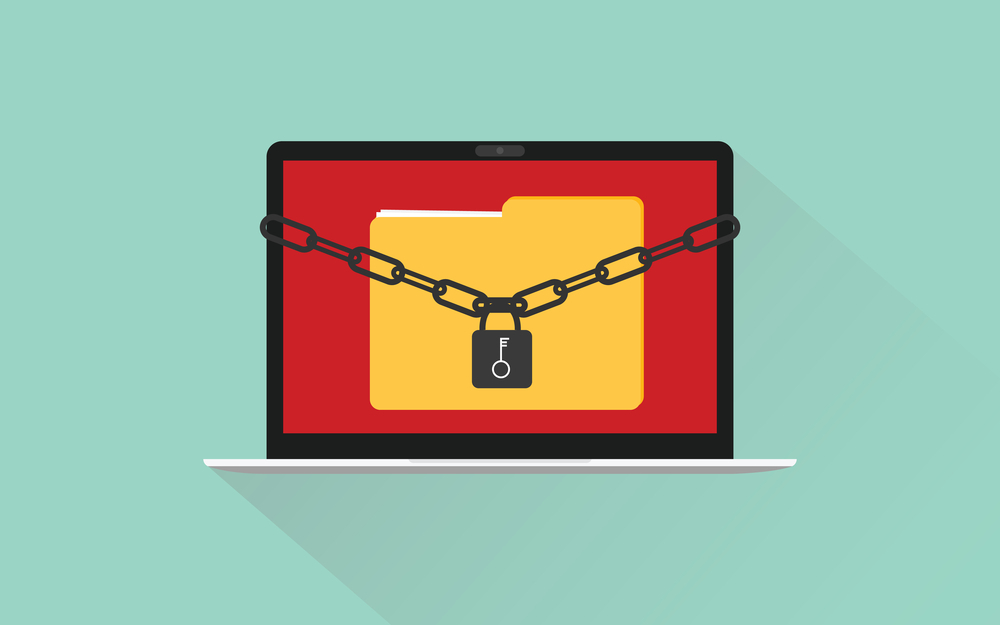Introduction
A zero-day vulnerability is like a quiet storm that looms large over the digital landscape in the dynamic field of cybersecurity. Recently, Google Chrome, one of the most popular web browsers worldwide, was the target of an ongoing attack that took advantage of an undiscovered flaw. We will examine the nuances of this zero-day vulnerability in detail, assess any possible consequences, and provide users with the information and resources they need to successfully negotiate this unstable cyberspace.
Understanding the Zero-Day Exploit
The term “zero-day” refers to an underground cyberattack that uses a software security flaw the moment it is found, sometimes known as a covert cyberattack. Attackers have discovered and are presently taking use of a Google Chrome vulnerability that the browser’s developers are unaware of. Because it may run arbitrary code on a user’s computer and provide access to a range of harmful operations, such as malware installation, unauthorized access, and data theft, this kind of vulnerability is extremely significant.
The Zero-Day Landscape
There are serious ramifications for both individuals and companies in the dynamic and complicated world of zero-day vulnerabilities. Given that Google Chrome serves as a key internet gateway for millions of users, there is a higher risk associated with the active exploitation of a zero-day vulnerability. Depending on the attackers’ intentions, a successful attack may result in a variety of negative outcomes, such as compromised personal data, monetary losses, or more extensive systemic effects.
The Immediate Risks
The details of the latest Google Chrome zero-day vulnerability are highly guarded to avoid broad replication, and the exploit itself is cloaked in secret. What is certain, though, is that the vulnerability permits attackers to run arbitrary code, which raises questions regarding the possibility of malware installation, unauthorized access to private data, and total device infection.
The Chain Reaction Threat
Zero-day vulnerabilities frequently operate as a trigger for domino effects in the cyber threat landscape, which extends beyond the immediate dangers. Once an attacker has taken advantage of a vulnerability and gained a foothold, they might use that advantage to launch more complex assaults. Due to this, users must take immediate action to both fix the present vulnerability and strengthen their systems against any future attacks.

Mitigation Strategies and Protective Measures
Users of Google Chrome are advised to take preventative action in order to reduce potential risks and secure their digital environments in response to the zero-day attack. Users may strengthen their security posture by doing the following actions, even while Google developers are hard at work creating a patch to fix the vulnerability:
Update Chrome Regularly:
- Check for updates frequently and ensure your browser is running the latest version.
- Google is likely to release a patch soon to address the zero-day vulnerability.
Exercise Caution in Browsing:
- Avoid visiting unfamiliar or suspicious websites.
- Exercise caution when clicking on links or downloading files, especially from untrusted sources.
Utilize Security Software:
- Employ reputable antivirus and anti-malware software to add an additional layer of protection.
- Update these tools often to make sure they can accurately identify and neutralise possible threats.
Enable Automatic Updates:
- Configure your browser to update automatically.
- This guarantees that as soon as new security updates are released, you will get them first.
Backup Your Data:
- Make regular backups of your crucial data and files to a safe location outside of your computer.
- In the event of a successful attack, having a backup can minimize data loss and expedite the recovery process.
Conclusion
A clear reminder of the dynamic and ever-changing threat landscape in the digital age is provided by the ongoing exploitation of a zero-day vulnerability in Google Chrome. Users must be vigilant, update often, and follow best practices for online security in this dynamic environment. It is critical that people and organisations stay aware, take preventative action, and put strong security measures in place to safeguard sensitive and personal data as the cybersecurity landscape continues to change. The keys to a safe and resilient digital future in managing this storm are awareness and readiness.







